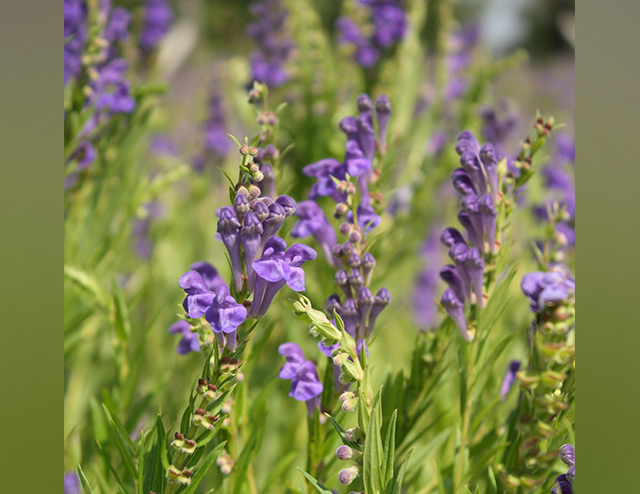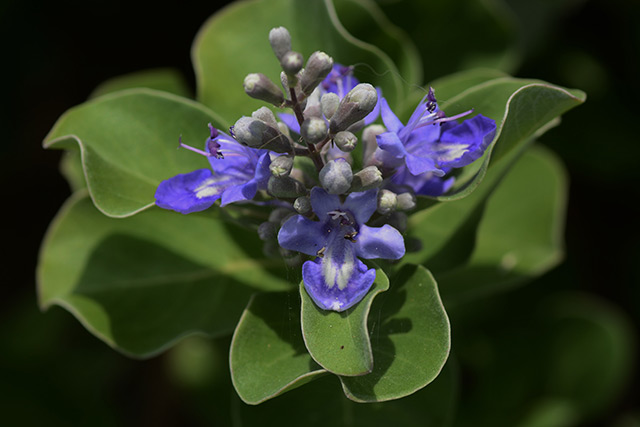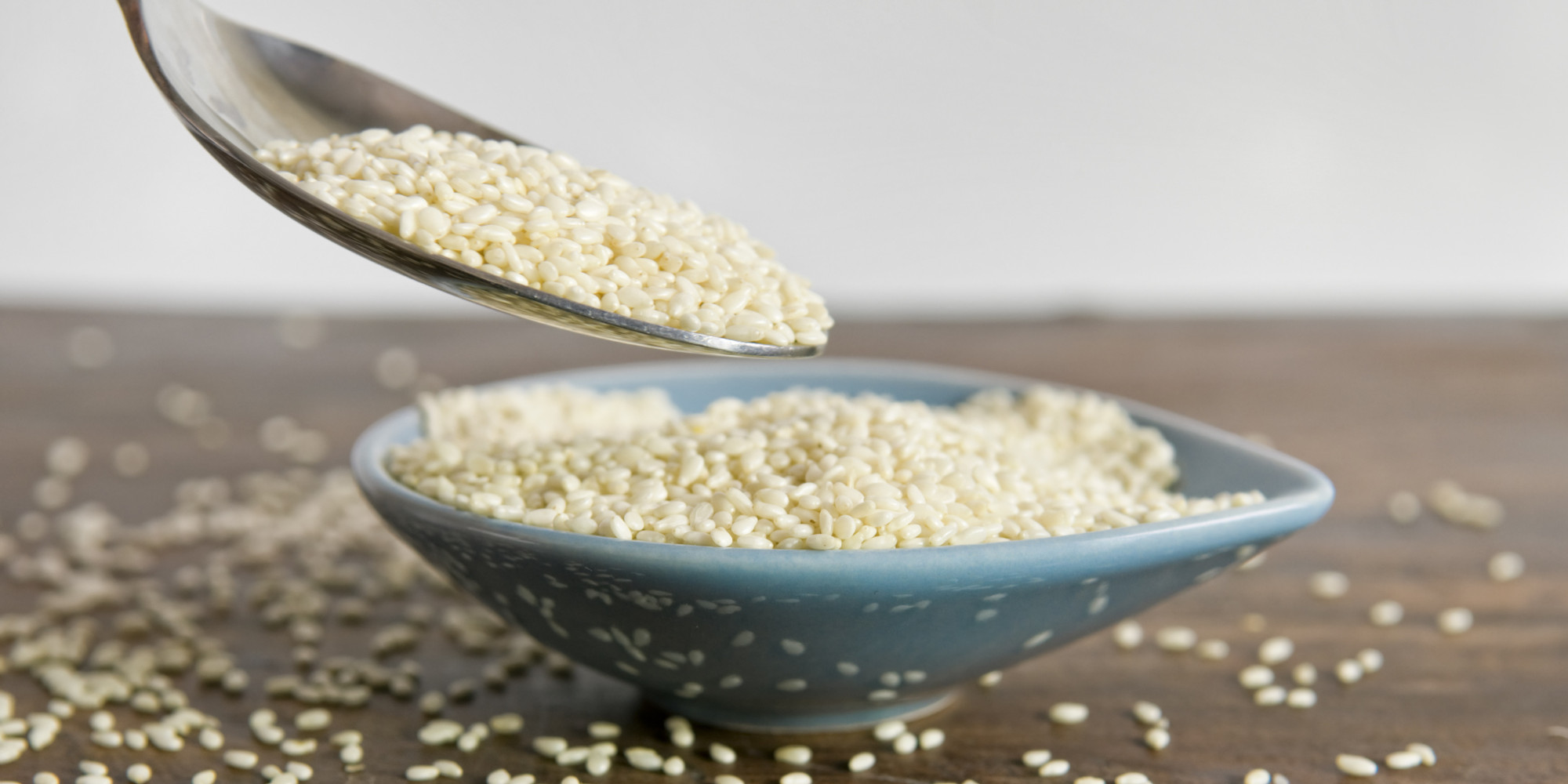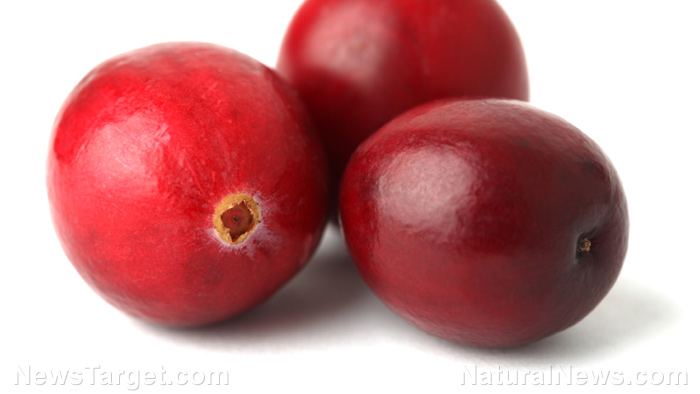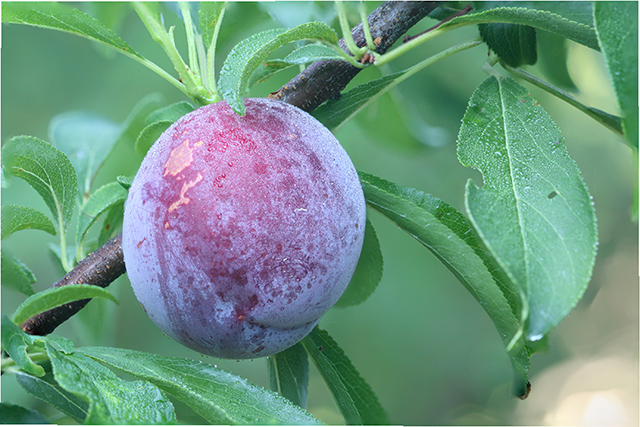The molecular structure of B-type proanthocyanidins in Masson’s pine influences their bioactivities
06/13/2019 / By Evangelyn Rodriguez
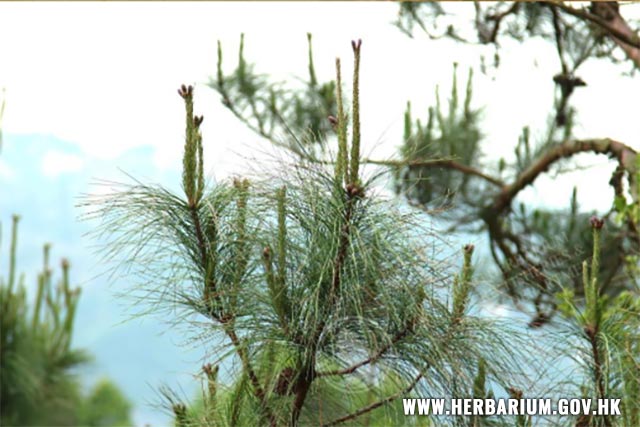
For this review, researchers from Tongji University School of Medicine in China summarized the relationship between the structure and corresponding biomedical potentials of proanthocyanidins B (PA-Bs). The purpose of their study, which was published in The American Journal of Chinese Medicine, was to encourage researchers to conduct further studies evaluating the potential of the plant from which PA-Bs are sourced.
- Pinus massoniana, also known as Masson’s pine or Chinese red pine, is a species of pine that is mostly found in China and Taiwan.
- The bark extract of P. massoniana (PMBE) is rich in proanthocyanidins A (PAs) and PA-Bs, according to recent studies.
- PAs belong to the condensed tannin subfamily of natural flavonoids.
- PA-Bs are mixtures of oligomers and polymers composed of flavan-3-ol.
- PA-Bs are known to play important roles in cell cycle arrest, induce apoptosis, and inhibit the migration of cancer cells in vivo and in vitro.
- The hydroxyl group at certain positions or the linkage between different carbon atoms of different rings determines or affects PA-Bs’ antioxidant and free radical scavenging abilities.
- The degree of polymerization and the water solubility of the reaction system also influence their biomedical potential.
- PMBE has a promising future in clinical drug development as a candidate anticancer drug and as a food additive to prevent tumorigenesis.
The researchers believe that the anticancer activities of PMBE, as well as its active constituents and derivatives, need to be further evaluated by preclinical and clinical studies.
Journal Reference:
Feng J, Zhang XL, Li YY, Cui YY, Chen YH. PINUS MASSONIANA BARK EXTRACT: STRUCTURE–ACTIVITY RELATIONSHIP AND BIOMEDICAL POTENTIALS. The American Journal of Chinese Medicine. 2016;44(08):1559–1577. DOI: 10.1142/s0192415x16500877
Tagged Under: alternative medicine, anticancer, antioxidant, cancer cures, cancer treatment, Chinese red pine, disease treatments, flavonoids, herbal medicine, Herbs, longevity, Masson's pine, natural cures, natural medicine, Pinus massoniana, prevention, Proanthocyanidins, remedies, research, tannin, TCM, traditional Chinese medicine




